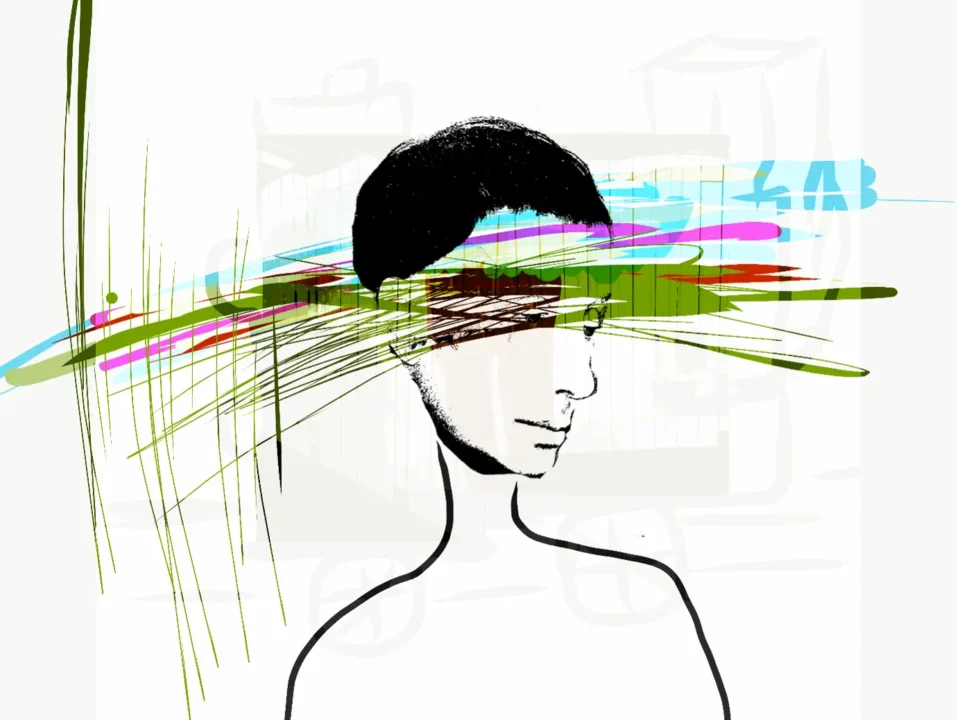
Stop the Violence against Women in the Near East
June 28, 2011
Round-up of News and Opinion
July 13, 2011Dear Readers,
This is the first issue of Arseh Sevom’s Civil Society Zine. For the first topic, we chose to look at networks and networking: traditional, social, and digital. When we started soliciting contributions in 2010, there was no “Arab Spring.” No one knew that protesters in Tunisia and Egypt would be able to unseat long-term leaders and inspire movements all over the Arab world.
As we were working on this issue, I found myself haunted by the story of Emmett Till. Emmet Till was a young African-American teenager, murdered in 1955 because of racial hatred. His was not the first racially motivated murder, but his mother insisted on an open casket funeral so that people could see how brutally he had been attacked. Soon, images of the young boy who had been beaten beyond recognition were on the pages of newspapers all over the world. For many, the horrible beating and his mother’s bravery resonated, creating a catalyst for America’s civil rights movement. As I read these pieces, I wondered what would have happened if the Internet had existed when Till was murdered? Would the civil rights movement have been more, or less, effective?
Linda Herrera provides a glimpse into this question, when she shows how Facebook was used to spread images of Khaled Said, an Egyptian blogger who exposed police corruption and was beaten to death as a result, and Mohamed Bouazizi, the Tunisian who burnt himself to death in an act of despair and protest, leading to full-scale demonstrations that ousted long-time, entrenched leaders.
Historian Avery Oslo offers a peek at a movement that uses consensus-building as the determinant for actions in her piece on radical eco-activists in the UK. Trust and shared ownership are more important for them than charismatic leadership or social networking.
Halleh Ghorashi and Kees Boersma give us two articles demonstrating how the Iranian diaspora has redefined itself using virtual networks. They demonstrate how a new transnational community was created which is more inclusive, with participants inside and outside Iran.
Babak Rahimi and Elham Gheytanchi examine the roots of digital activism in Iran. The authors show that they are deeper than we sometimes realize.
Ladan Boroumand provides some background on the role of civil society organizations in the campaigning for the 2009 presidential elections in Iran. From Nazila Fathi, we get a reminder of those first, heady days of demonstrations, just after the 2009 election results were announced.
Donya Alinejad challenges both the hype surrounding Facebook and Twitter and the arguments that downplay the role of digital media.
Mana Mostatabi asks hard questions about clicktivism and its effectiveness. Christina Ashtary demonstrates that it is possible to create social capital even online, and Hamid Tehrani challenges activists to think creatively. Finally, Eric Asp muses on building a network by sending congregants out of the church to do service rather than by keeping them in the building.
All of the contributors have provided their work free of charge. Kamran Ashtary volunteered his time to create the illustrations and the banner and to contribute to the design of the site.
If you have questions, please send them to Tori Egherman at [email protected]
Download the pdf: The Networking Issue: Civil Society Zine





